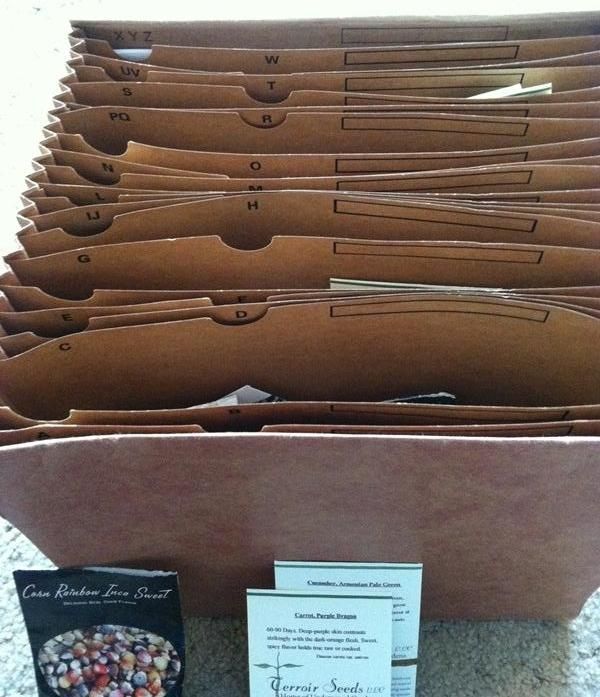In the spring of 2011 I had been hearing about the "hugelkultur" stuff for a while from
Jack Spirko and
Paul Wheaton so I decided to give it a go. In the corner of my back yard I had a pile of wood that had been there for years and was now in various stages of decay, so I thought "Perfect!" I have what I need. What did I have to lose other than a pile of rotting wood that was probably attracting carpenter ants?
Before I go into what I have done (and I am by no means an expert, this is just one man's attempt at bettering his garden), here's a quick definition:
Hugelkultur: buried wood
That's it. You can click the link for a more thorough description and history, but "buried wood" is it. The premise being that when you bury the wood, it rots. As it rots away two things happen, one is the wood gets spongy and holds water, the other is that the wood itself becomes nutrients and organic matter on which the garden plants and soil critters live.
The moisture holding ability is an asset during drought. If it is done right, your plants can even survive hot, dry summers without the addition of manual watering. Mind you, the vegetables will do better and thrive when well watered, but they can survive without water addition if you need to go on vacation or are trying to set up a bug out location where you can't constantly tend to its needs.
OK, so here is what I have done and what little results I can attest to so far. I wish I could find the pictures, but as a result of my disorganized life, I can't come up with them. If I do I'll add them in later.
#1: Done up in the spring of 2011. Simple, I dug a deep, round hole (4' across, 2' deep) in the middle of my garden, piled in a bunch of wood from the top of the old wood pile, then put the dirt back on. The problem is that I have only been gardening in earnest for a few years and I don't have really good, deep soil yet. My ground is quite sandy, so digging down a couple feet resulted in a lot of sand that ended up thinning out the topsoil when I piled it back on. This, I believe, is what has resulted in poor performance. The first year (2011) was not good at all. The wood wasn't well rotted and the nutrients were scarce. The second year (2012) was better, but still not optimal. I have been piling on the organic matter trying to build the soil back up. I have higher hopes for this year.
#2: Second one done in spring of 2012. Thinking that the wood in the first bed was too deep, I dug a shallower bed (1' deep and 2'x3' rectangle) and made a higher pile above. I also added
coconut coir to the dirt I piled back into the hole to help my sandy soil hold more moisture. The 2012 garden didn't see much in the way of results here, either. The wood was newer and I'm starting to get the impression that the first year or two aren't going to do well as the wood starts rotting and the nutrients and microbes return to a balance in the disturbed soil.
#3: My best hope yet done during last summer (2012). While cleaning that back corner of my yard I came to the bottom of the wood pile. Here lay the wood that was well on its way to being soil itself. For this bed I dug a deep hole again (2' or so deep) that was 5' by 6' square in shape. Trying to overcome the first year blues I mixed the well rotted wood with some newer stuff (trying to balance longevity with immediate useability). I also lasagna style layered this in with other things. So my bed was built with three layers, each consisting of these layers: mixed wood, a slop of kitchen scraps, leaves and grass clippings and dirt. My hope is that the kitchen scraps and leaves will add the immediate nutrients after having sat for 9 months, the dirt will add some structure, and the layers will help with the mix.
Well, folks, that's my attempt. I'll do up a report this fall on how well those beds worked this year. Here are a few resources I have used to gain what information I have:
a Paul Wheaton video on hugelkultur
TSP episodes (audio) with hugelkultur
richsoil.com page with lots of visuals and details
Some closing thoughts:
-I don't know how long these beds last. It seems to be a newer idea here so I have found only speculation on how long it's good before you have to "recharge" your beds with new wood.
-My wood is pretty much all pine. It should rot faster and be useable faster, but would also be depleted faster.
-Something I didn't do, as seems to be the recommendation, was plant some sort of cover crop immediately after building the bed. I let them sit and settle a bit. Future beds will be immediately planted with peas (for nitrogen fixing), as well as clover or buckwheat just to get some root paths started and the soil held together.
If the SHTF and you have to survive, having this stuff already established is a better idea than trying to survive on what I have gotten as first year results. Work out the bugs ahead of time. Be prepared for no commercial water, or no ability to pump water and still have your food source survive.
So now... WWYD?
